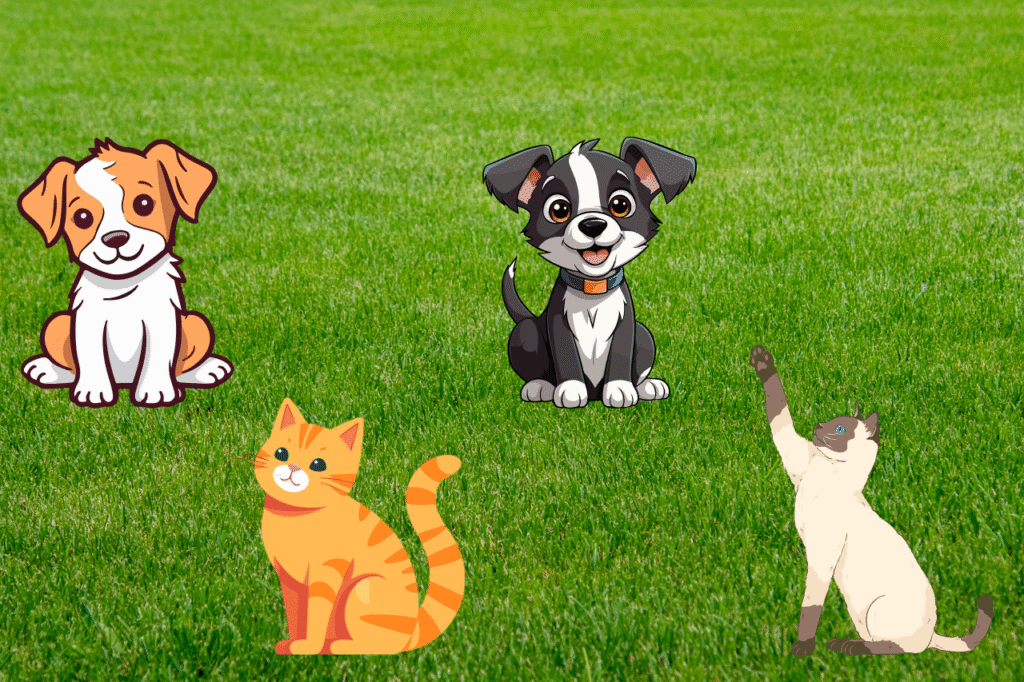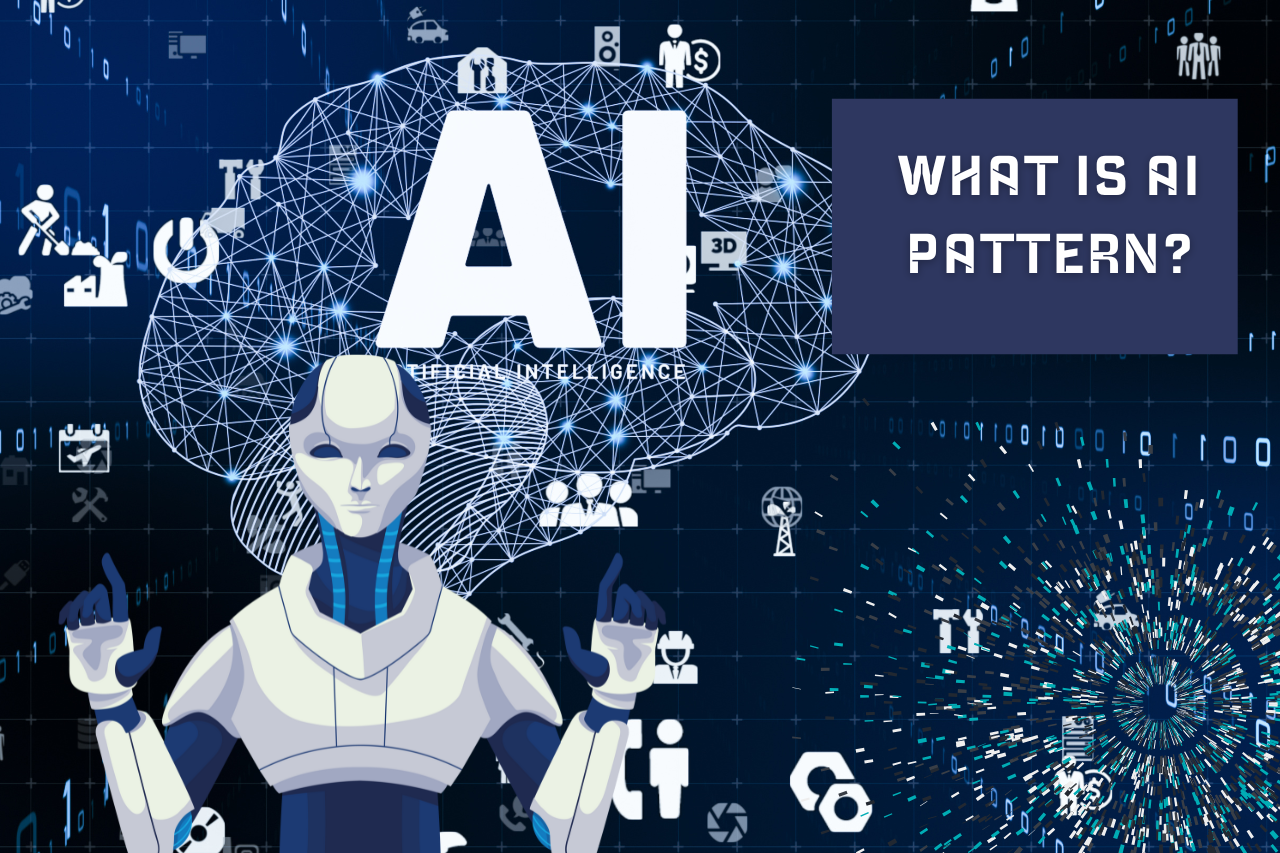From Text to Images: Patterns That AI Can Learn Easily
🧠 What Kind of Patterns Does AI Learn?
Artificial Intelligence (AI) doesn’t think like a human, but it learns patterns from data that help it make decisions. These patterns can be in words, pictures, sounds, or numbers.

Imagine showing thousands of photos of cats and dogs to an AI. Over time, the AI will learn subtle patterns like:
- Cats have pointy ears and narrow eyes,
- Dogs have rounder faces or longer snouts.
These patterns are what AI uses to make guesses about new data it has never seen before.
🔡 AI Learns Patterns in Language
When you’re texting and your phone suggests the next word, that’s AI using language patterns.
For example:
- You type: “I’m going to the…”
- AI suggests: “store” or “gym”
Why? Because it has seen this pattern thousands or millions of times in similar conversations. The more it sees, the better it gets.
🖼 AI Sees Patterns in Images
AI can recognize:
- Faces in a photo
- Objects like cars or trees
- Even emotions by facial expression
It learns patterns in color, shape, texture, and position of pixels — not the whole image at once, but in tiny pieces that it combines.
🔁 AI Detects Repeated Behavior and Sequences
AI also learns from time-based patterns, like:
- Predicting the next note in a song
- Spotting fraud in spending habits
- Forecasting weather
These are called sequential or temporal patterns — they happen over time and AI watches for changes or trends.
🔍 AI Doesn’t Follow Rules — It Finds Patterns
Unlike traditional programs that follow step-by-step rules, AI systems create their own rules by learning from data.
It does this using:
- Neural networks (inspired by the brain)
- Machine learning models that adjust after each example
- Weights and layers that help it remember what’s important
🚀 Real-Life Examples of AI Learning Patterns
| Task | Pattern AI Learns |
|---|---|
| Face Recognition | Eye spacing, skin tone, contour |
| Voice Assistants | Language structure, voice tone |
| Chatbots like ChatGPT | Word sequences, meaning from context |
| Self-driving Cars | Traffic flow, road signs, obstacle shape |
| Email Spam Filters | Common scam words or sender patterns |
💬 What Is an AI Prompt and How Is It Related to Patterns?
An AI prompt is simply the input you give to an AI system to get a response.
For example:
Prompt: “Write a poem about the moon.”
AI Output: A creative moon-themed poem.
But how does the AI know what to do with your prompt?
🔄 AI Matches Your Prompt to Patterns
AI tools like ChatGPT, Gemini, or Claude don’t understand the world like humans; instead, they have seen millions of similar prompts and learned how people expect responses to look.
When you type a prompt, the AI:
- Recognizes keywords like “write,” “poem,” and “moon.”
- Matches that to patterns in its training data (books, websites, conversations).
- Predicts what type of answer usually follows.
So, the prompt is a trigger, and the pattern is the brain behind the AI’s response.
🧠 How to Write Better Prompts (for Beginners)
If you’re trying AI for the first time, here are some quick tips:
| Prompt Style | Example | Why It Works |
|---|---|---|
| Clear Command | “Summarize this article in 3 points.” | AI sees the structure it should use. |
| Context-Based | “Act as a science teacher…” | Sets a tone or role for the response. |
| Specific Request | “Give 5 tips for healthy sleep.” | Reduces vague answers. |
This is called prompt engineering — a growing skill that helps people get better results from AI tools (read more in the next article).
📚 Final Takeaway: Prompts + Patterns = Smart Responses
Whenever you use AI, remember:
Your prompt is the question — the AI’s learned patterns are the answer.
The more you experiment with different prompts, the more you’ll see how patterns shape every response.


Your blog is a beacon of light in the often murky waters of online content. Your thoughtful analysis and insightful commentary never fail to leave a lasting impression. Keep up the amazing work!
Thank you for good words 😉
Your blog is a constant source of inspiration for me. Your passion for your subject matter is palpable, and it’s clear that you pour your heart and soul into every post. Keep up the incredible work!
Thank you Novella.
There is a reflective rhythm here, one that mirrors natural breathing. Reading becomes both a mental and emotional experience, grounding yet elevating.